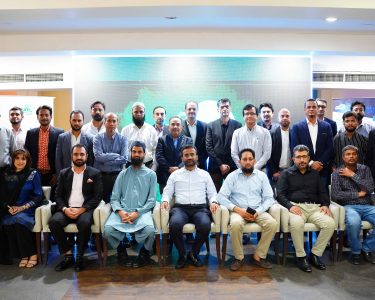In the ever-evolving landscape of SEO, staying ahead of the curve is crucial for maintaining and improving your website’s search engine rankings. One of the most significant developments in recent years is the introduction of Core Web Vitals by Google. These metrics have become a cornerstone of both on-page and technical SEO, directly impacting user experience and search engine performance. In this ultimate guide, we will explore what Core Web Vitals are, why they matter, and how you can optimize them to boost your website’s SEO in 2024.

What Are Core Web Vitals?
Core Web Vitals are a set of specific factors that Google considers crucial for a webpage’s overall user experience. These metrics are:
- Largest Contentful Paint (LCP): Measures loading performance. To provide a good user experience, LCP should occur within 2.5 seconds of when the page first starts loading.
- First Input Delay (FID): Measures interactivity. Pages should have an FID of less than 100 milliseconds to ensure a responsive user experience.
- Cumulative Layout Shift (CLS): Measures visual stability. Pages should maintain a CLS of less than 0.1 to avoid unexpected layout shifts.
Why Core Web Vitals Matter
Google has made it clear that Core Web Vitals are now part of their ranking signals. This means that websites excelling in these areas are more likely to rank higher in search results. Furthermore, improving these metrics enhances user experience, leading to increased engagement, lower bounce rates, and higher conversion rates.
How to Optimize On-Page SEO
- Optimize Images and Videos: Ensure that all visual content is compressed and properly formatted. Use modern formats like WebP for images and ensure videos are embedded efficiently.
- Leverage Browser Caching: Utilize browser caching to reduce load times for returning visitors. This helps improve LCP by ensuring that important resources are readily available.
- Implement Lazy Loading: Lazy loading defers the loading of non-critical resources until they are needed, which can significantly improve LCP.
- Minimize JavaScript: Excessive JavaScript can delay FID. Minify and defer non-critical JavaScript to improve responsiveness.
- Use a Content Delivery Network (CDN): CDNs distribute your content across various servers worldwide, reducing load times and improving LCP.
Technical SEO Strategies
- Server Optimization: Ensure your server is optimized for speed. This includes using a reliable hosting provider, enabling HTTP/2, and optimizing server response times.
- Implement AMP: Accelerated Mobile Pages (AMP) can drastically improve page load times, enhancing both LCP and FID.
- Reduce CSS Blocking: Minimize the use of CSS that blocks rendering. Inline critical CSS and defer non-critical CSS to improve page speed.
- Monitor and Analyze: Use tools like Google Search Console and PageSpeed Insights to regularly monitor your Core Web Vitals. Identify areas for improvement and take corrective actions.




